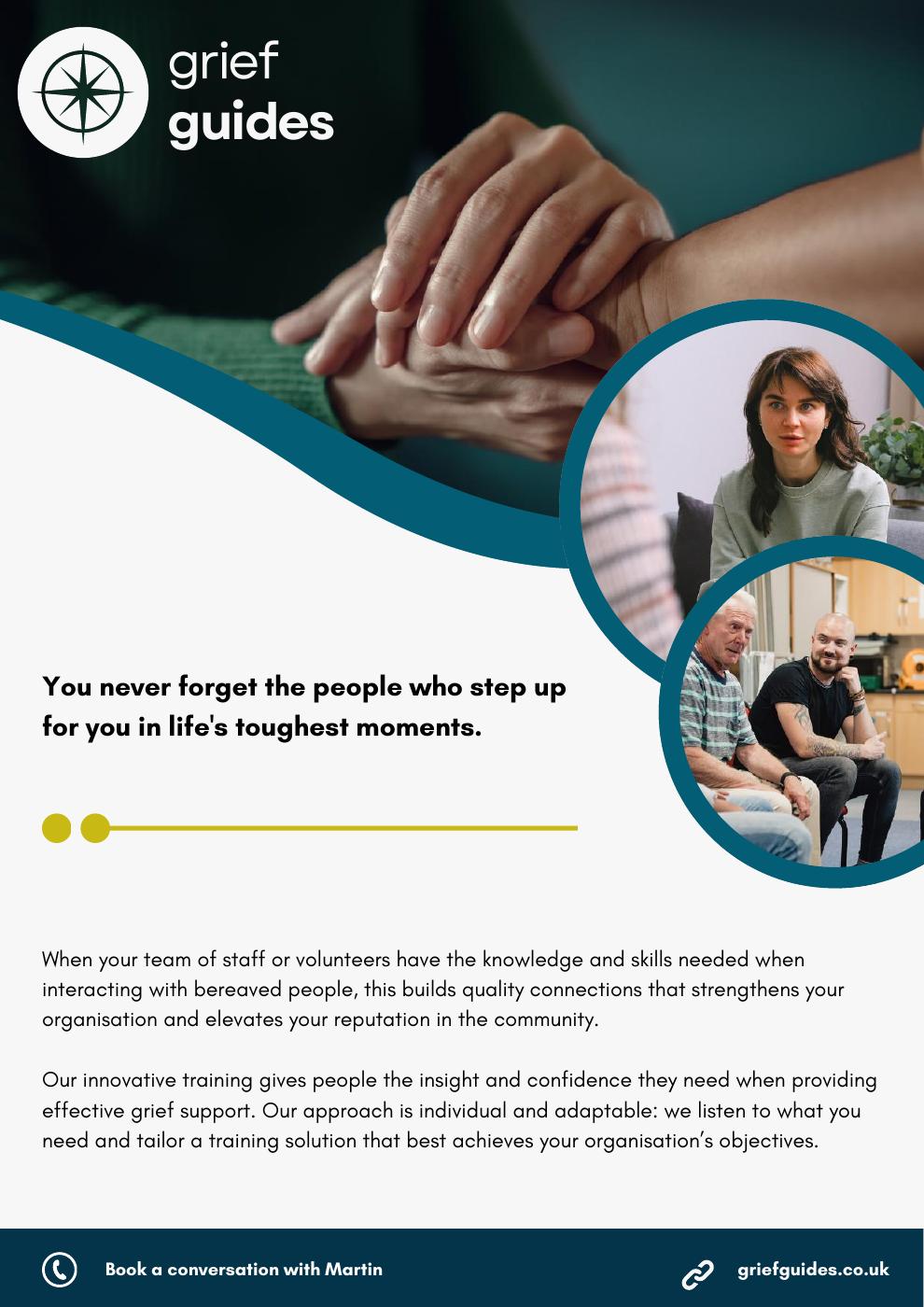
So many people think they’re messing grief up.
Maybe that’s you. Maybe you’re wondering why you're still crying after so long. Or why you haven’t cried at all. Why one minute you’re totally fine, and the next you’re sobbing in your car because you saw their favorite snack in the shop.
Or maybe you’re trying to support someone who’s grieving and you’re quietly thinking, Is this normal? Shouldn’t they be… further along by now?
Here’s the thing no one says loud enough: grief is REALLY messy. And unpredictable. And confusing.
That stages of grief model, it's so pervasive, still. It's so misleading. It makes people feel like they’re failing if their experience of grief doesn't follow the script.
(Wait, am I supposed to be angry now? Did I miss that part? What stage is “can’t stop scrolling Instagram but haven’t showered in three days”?)
In the real world grief doesn’t line up in a tidy sequence. One moment you’re laughing with a friend, the next you’re in the bathroom having a panic cry because you remembered how they used to laugh at your laugh.
It’s not linear. It doesn’t always make sense. And that’s not a glitch - it’s just how grief works.
Which is why we love the Dual Process Model.
Basically, instead of pretending grief goes in predictably neat stages, this model says we bounce between two kinds of grief work:
Loss-Oriented – You’re missing them. Feeling the hole they left. Crying, remembering, hurting.
Restoration-Oriented – You’re figuring out how to do life again. Carrying new responsibilities. Adapting to all the changes.
And we go back and forth. That’s not avoidance or dysfunction. That’s actually healthy grieving.If you're trying to show up for someone who's grieving—whether you’re a friend, a volunteer, a community worker, or just a kind human—this model is a lifesaver.
It helps you stop:
Asking yourself “where are they in the grief journey?”
Expecting linear progress or dramatic breakthroughs
Thinking silence means they’re “done”
And it helps you start:
Meeting them where they are, with less pressure and more compassion
Understanding the swing between deep pain and daily life isn’t a contradiction - it’s the process
Being a calm, steady presence instead of someone waiting for them to "move on"
We’ve got a free taster module that walks you through the Dual Process Model in plain, human language—with videos, examples, and practical ways to use it in real conversations. It’s part of a full training that gives you the confidence to support grieving people with kindness, patience, and honesty. One moment, one conversation at a time.
You can start today. And no, you don’t have to get it perfect. Just human.
Maybe that’s you. Maybe you’re wondering why you're still crying after so long. Or why you haven’t cried at all. Why one minute you’re totally fine, and the next you’re sobbing in your car because you saw their favorite snack in the shop.
Or maybe you’re trying to support someone who’s grieving and you’re quietly thinking, Is this normal? Shouldn’t they be… further along by now?
Here’s the thing no one says loud enough: grief is REALLY messy. And unpredictable. And confusing.
That stages of grief model, it's so pervasive, still. It's so misleading. It makes people feel like they’re failing if their experience of grief doesn't follow the script.
(Wait, am I supposed to be angry now? Did I miss that part? What stage is “can’t stop scrolling Instagram but haven’t showered in three days”?)
In the real world grief doesn’t line up in a tidy sequence. One moment you’re laughing with a friend, the next you’re in the bathroom having a panic cry because you remembered how they used to laugh at your laugh.
It’s not linear. It doesn’t always make sense. And that’s not a glitch - it’s just how grief works.
Which is why we love the Dual Process Model.
Basically, instead of pretending grief goes in predictably neat stages, this model says we bounce between two kinds of grief work:
Loss-Oriented – You’re missing them. Feeling the hole they left. Crying, remembering, hurting.
Restoration-Oriented – You’re figuring out how to do life again. Carrying new responsibilities. Adapting to all the changes.
And we go back and forth. That’s not avoidance or dysfunction. That’s actually healthy grieving.If you're trying to show up for someone who's grieving—whether you’re a friend, a volunteer, a community worker, or just a kind human—this model is a lifesaver.
It helps you stop:
Asking yourself “where are they in the grief journey?”
Expecting linear progress or dramatic breakthroughs
Thinking silence means they’re “done”
And it helps you start:
Meeting them where they are, with less pressure and more compassion
Understanding the swing between deep pain and daily life isn’t a contradiction - it’s the process
Being a calm, steady presence instead of someone waiting for them to "move on"
We’ve got a free taster module that walks you through the Dual Process Model in plain, human language—with videos, examples, and practical ways to use it in real conversations. It’s part of a full training that gives you the confidence to support grieving people with kindness, patience, and honesty. One moment, one conversation at a time.
You can start today. And no, you don’t have to get it perfect. Just human.



